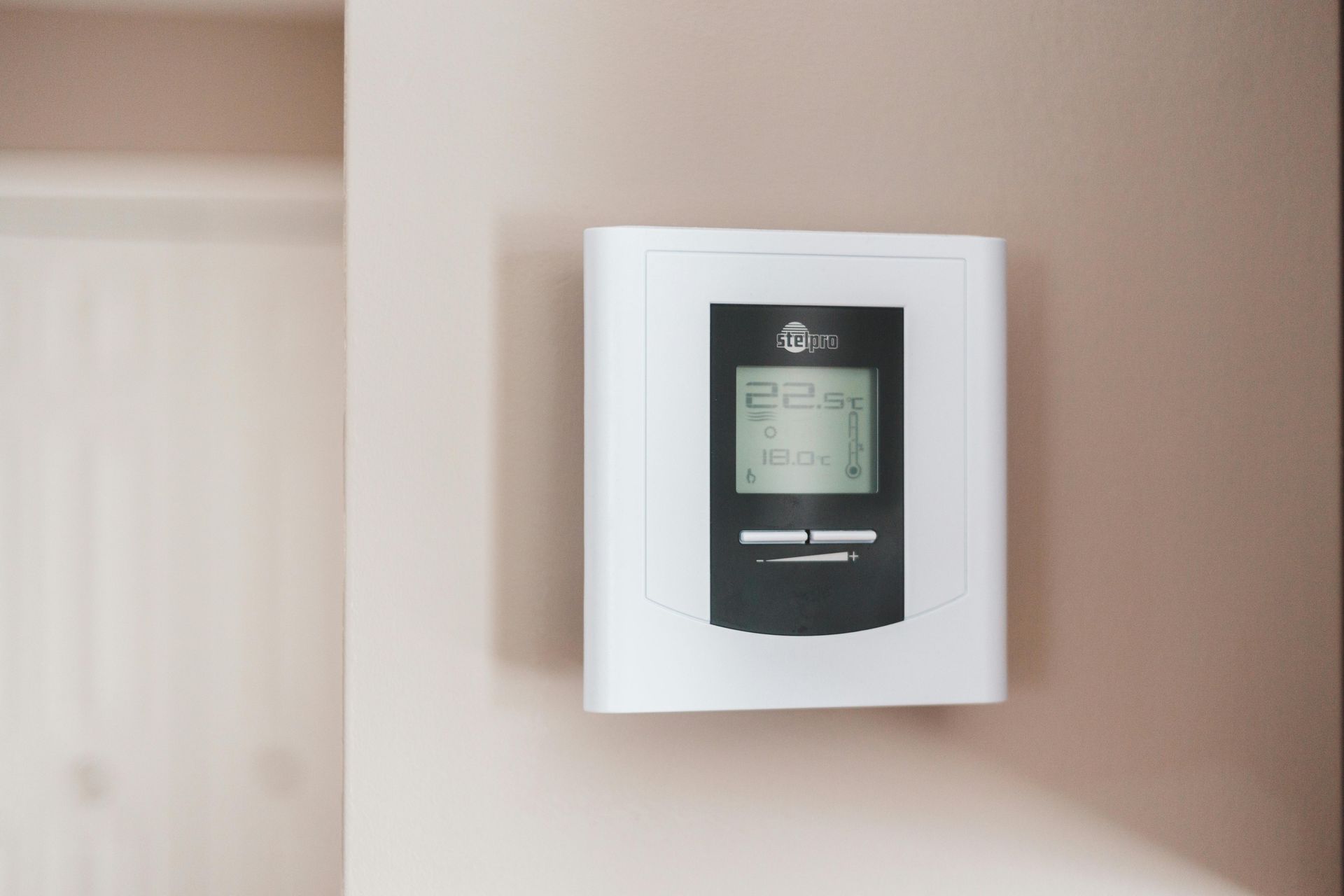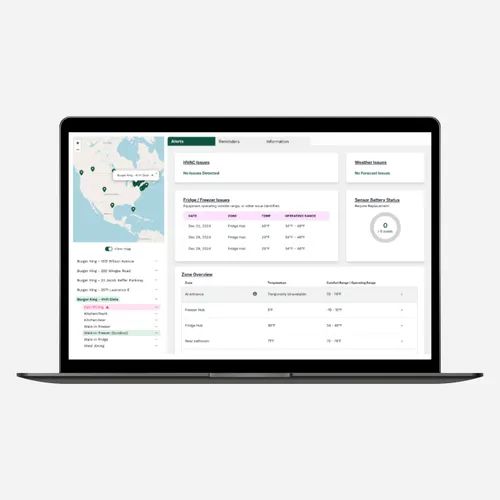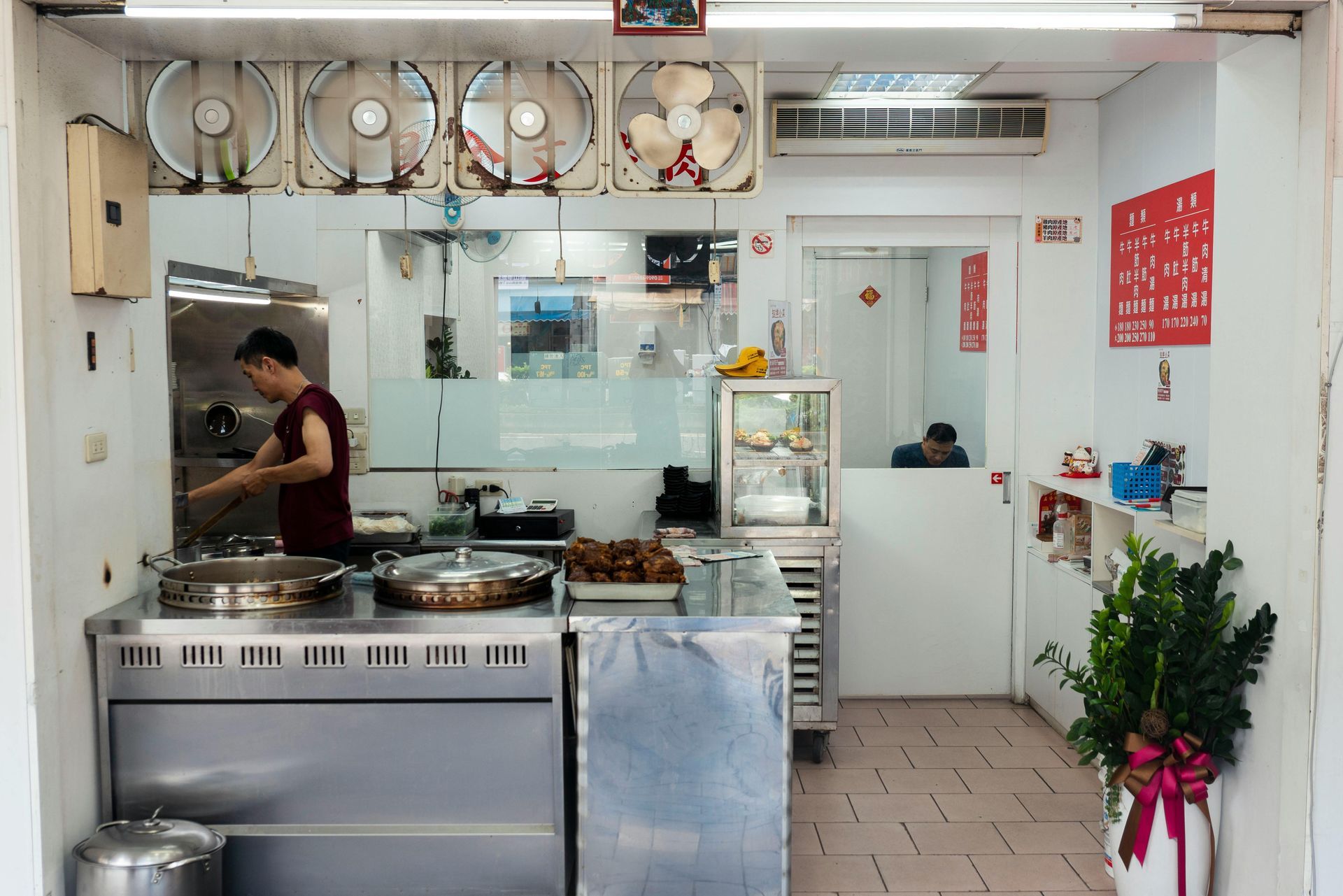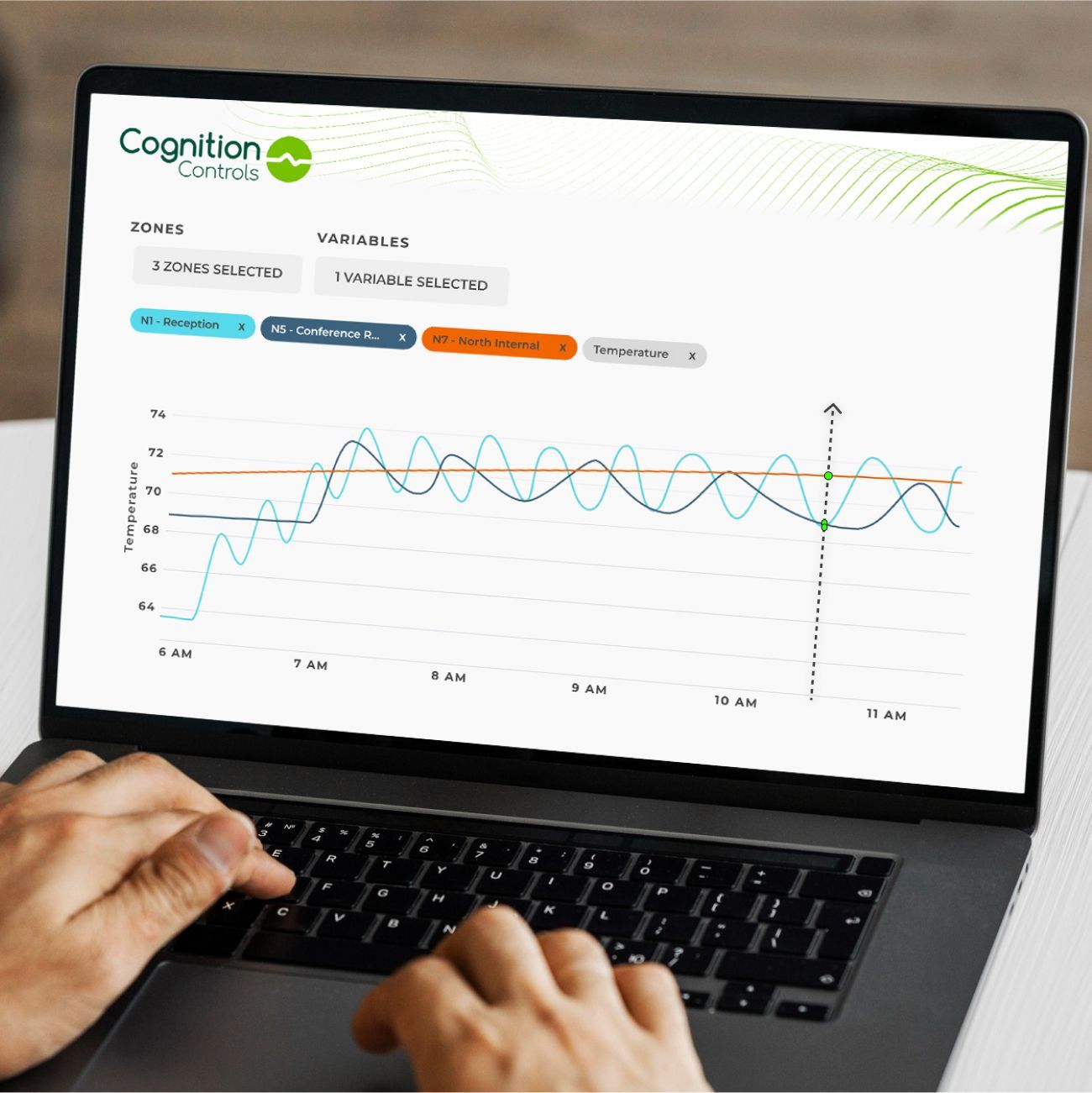How to Prevent HVAC System Breakdowns and Reduce Wear and Tear: A Checklist for Building Managers
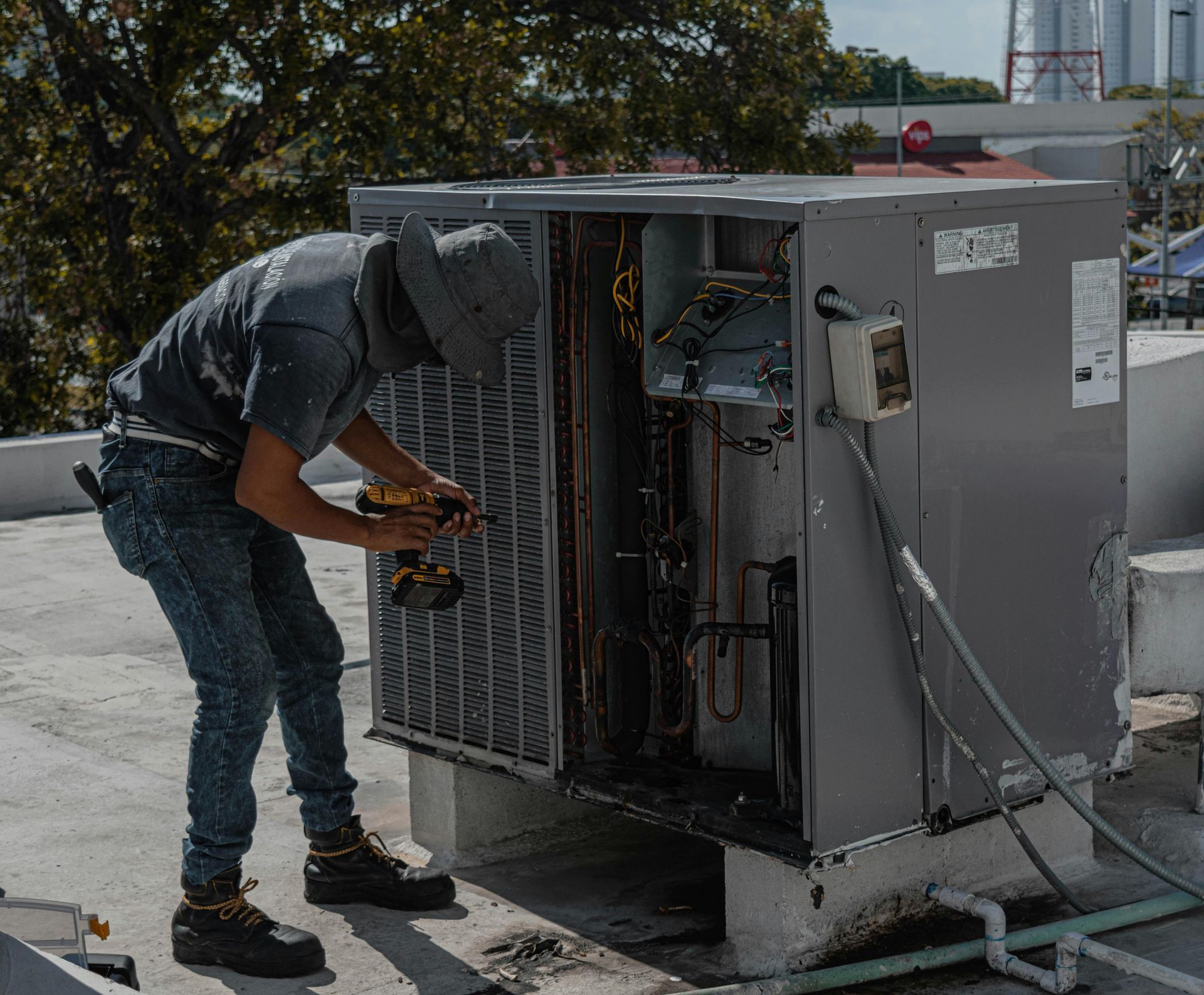
Unexpected HVAC breakdowns aren’t just inconvenient; they can be expensive and disruptive. Whether you're managing a restaurant, retail space, or office building, the goal is the same: keep your system running smoothly and extend its service life without pushing it too hard.
Here’s a checklist of practical, preventative steps that help reduce wear and tear—and lower the risk of costly repairs.
✅ 1. Schedule Routine Maintenance Twice a Year
Professional servicing should happen at least once before peak cooling season and once before peak heating season. A licensed technician will inspect coils, filters, belts, and refrigerant levels, and catch early warning signs before they grow into bigger problems.
✅ 2. Check and Replace Air Filters Regularly
Dirty filters restrict airflow and make your system work harder. While replacing them every 1–3 months is a good rule of thumb, not all equipment runs the same amount. Units that operate more often—especially in high-traffic or open kitchen areas—pull in more air and need more frequent filter changes. Instead of following a fixed schedule, consider how heavily each system is used and prioritize accordingly.
✅ 3. Monitor System Runtime
Excessive cycling can signal a problem with the thermostat, compressor, or even insulation. Track how often your system runs throughout the day. If it seems to be kicking on too frequently—or running longer than usual—it may be time for an inspection.
✅ 4. Use Smart Controls to Balance Load
Constant manual adjustments increase wear. Smart HVAC controls help regulate temperature ranges consistently and avoid pushing the system beyond what’s necessary. Automation also helps reduce the risk of human error, like forgetting to adjust the thermostat overnight.
✅ 5. Inspect Vents and Diffusers
Blocked or poorly adjusted vents can force your system to work harder to move air. In many commercial spaces, ceiling diffusers may be partially closed during summer to reduce drafts but then forgotten about when winter comes. If not reopened, it can feel like your system isn’t heating properly. Make it a habit to check that vents and diffusers are fully open at the start of each season—a quick fix that often just requires a ladder.
✅ 6. Stay Alert to Unusual Noises or Smells
Grinding, squealing, or musty odors are early indicators that something’s off. Don’t wait for the unit to fail—unusual sounds and smells are often your system’s first signal that maintenance is overdue.
✅ 7. Don’t Ignore Energy Spikes
Sudden increases in your energy bill—without a corresponding rise in activity—could point to an inefficient HVAC system. A quick energy audit or close look at runtime data can help reveal which equipment is struggling
✅ 8. Set Realistic Comfort Ranges
Running your HVAC system at extremes—especially during summer or winter—puts unnecessary pressure on the equipment. Consider raising or lowering your thermostat by a couple degrees during non-peak hours. Most occupants won’t notice, but your system will.
Small Steps Now, Fewer Repairs Later
Preventing HVAC breakdowns isn’t about doing more—it’s about doing the right things at the right time. With regular maintenance, smart system control, and attention to small warning signs, you can reduce downtime and keep your building running as it should.
Cognition Controls offers solutions that help you monitor, adjust, and protect your HVAC systems without the guesswork. From remote monitoring and real-time alerts to smart dashboards that track maintenance needs, we help you stay ahead of equipment issues. Our system makes it easy to troubleshoot problems, manage shared information, and ensure everyone from building managers to HVAC pros has the data they need to avoid costly surprises.
Want to take a proactive approach to system care?
Let’s talk. Schedule a demo or reach out to learn how we can support your building’s performance year-round.




